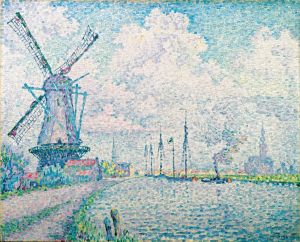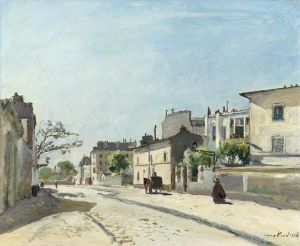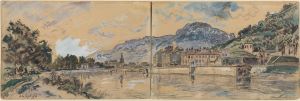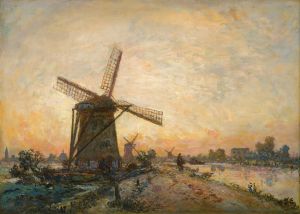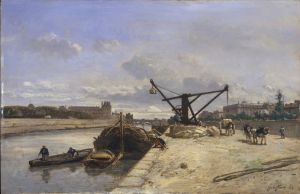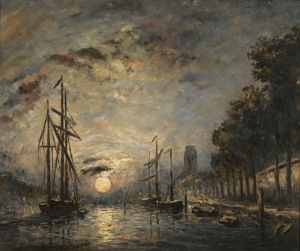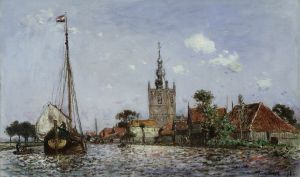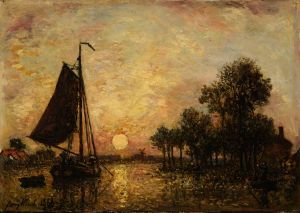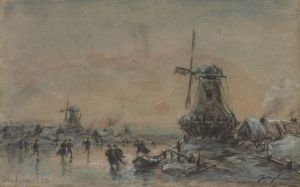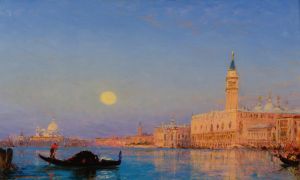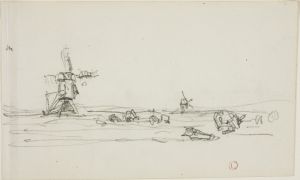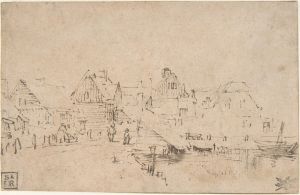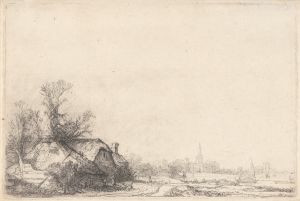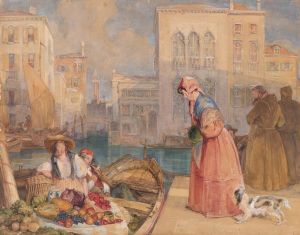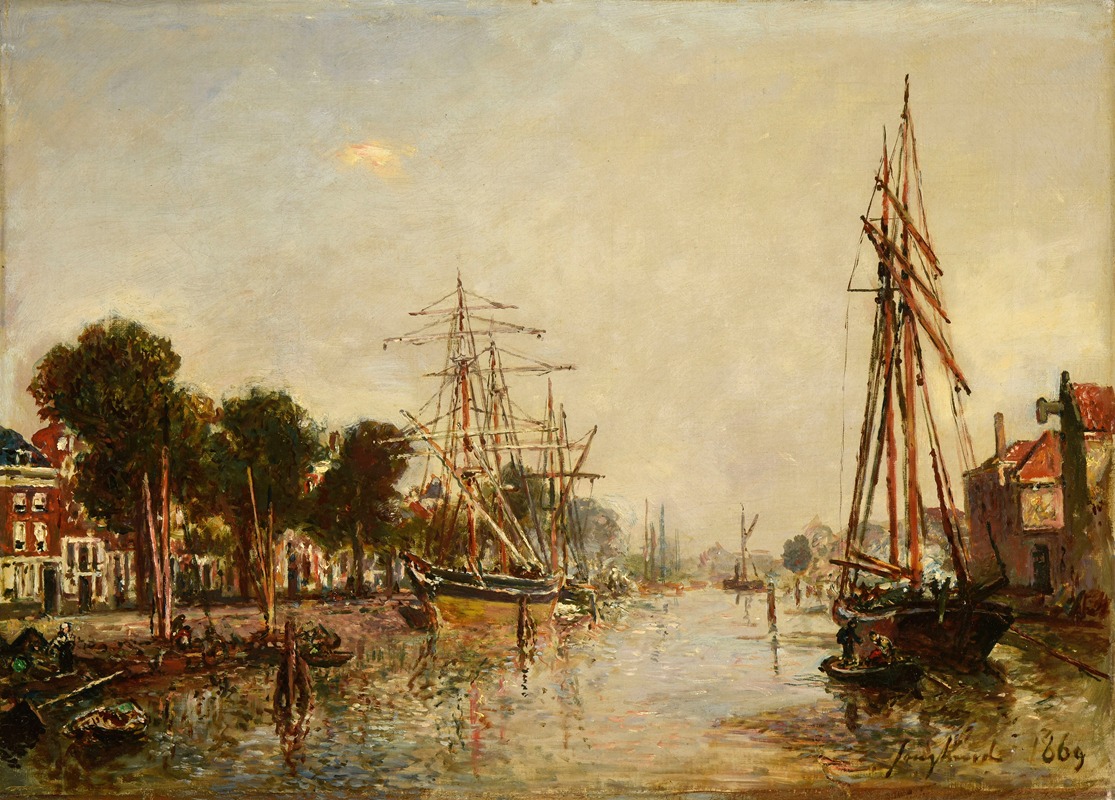
Canal en Hollande
A hand-painted replica of Johan Barthold Jongkind’s masterpiece Canal en Hollande, meticulously crafted by professional artists to capture the true essence of the original. Each piece is created with museum-quality canvas and rare mineral pigments, carefully painted by experienced artists with delicate brushstrokes and rich, layered colors to perfectly recreate the texture of the original artwork. Unlike machine-printed reproductions, this hand-painted version brings the painting to life, infused with the artist’s emotions and skill in every stroke. Whether for personal collection or home decoration, it instantly elevates the artistic atmosphere of any space.
Johan Barthold Jongkind was a Dutch painter known for his significant contributions to the development of Impressionism. Born on June 3, 1819, in Lattrop, Netherlands, Jongkind spent much of his career in France, where he became associated with the Barbizon School and later influenced the Impressionist movement. His works are celebrated for their innovative use of light and atmosphere, often depicting landscapes, seascapes, and urban scenes.
"Canal en Hollande" is one of Jongkind's notable paintings, capturing a serene and picturesque scene of a canal in the Netherlands. Although specific details about the painting's creation date and its current location are not widely documented, it is representative of Jongkind's style and thematic focus. The painting exemplifies his ability to convey the tranquil beauty of the Dutch landscape, characterized by its waterways and expansive skies.
Jongkind's technique in "Canal en Hollande" reflects his mastery of light and shadow, a hallmark of his work that would later influence Impressionist painters such as Claude Monet. The painting likely features a harmonious blend of colors, with soft blues and greens dominating the palette, capturing the reflective quality of water and the lushness of the surrounding landscape. Jongkind's brushwork is typically loose and fluid, allowing him to effectively convey the movement of water and the play of light on its surface.
Throughout his career, Jongkind was known for painting en plein air, or outdoors, which allowed him to observe and capture the changing effects of light and weather on the landscape. This approach was relatively innovative at the time and laid the groundwork for the Impressionists, who would further explore these themes. Jongkind's ability to depict atmospheric conditions with subtlety and precision is evident in "Canal en Hollande," where the interplay of light and shadow creates a sense of depth and realism.
Jongkind's influence on the Impressionist movement cannot be overstated. His friendship with Claude Monet and other young artists of the time provided them with inspiration and guidance. Monet, in particular, credited Jongkind with teaching him how to see and interpret the natural world, a skill that would become central to Monet's own artistic practice.
"Canal en Hollande" is a testament to Jongkind's skill as a landscape painter and his ability to capture the essence of the Dutch countryside. While specific details about this particular painting may be limited, it remains an important example of Jongkind's work and his contribution to the evolution of modern art. His legacy is preserved through his influence on the Impressionists and his enduring ability to evoke the beauty and tranquility of nature through his art.





